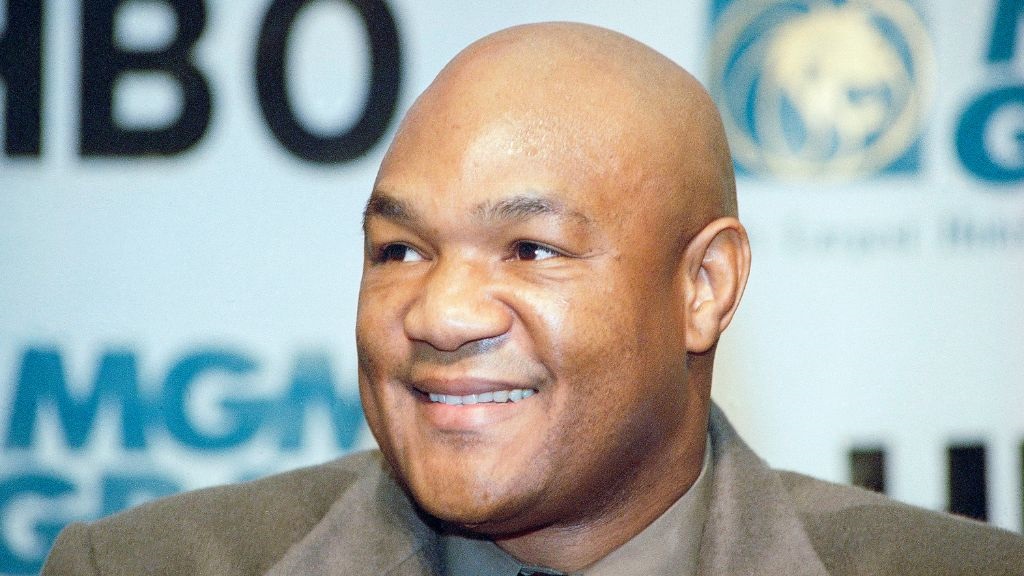The world of boxing has lost a true icon. George Foreman, the two-time heavyweight champion and one of the most influential figures in sports history, has passed away at the age of 76. Known for his devastating punching power, incredible comeback story, and larger-than-life personality, Foreman leaves behind a legacy that extends beyond the boxing ring.
Early Life and Amateur Career
Born on January 10, 1949, in Marshall, Texas, George Edward Foreman grew up in a humble household. Like many boxing legends, his early life was filled with struggles. A troubled youth, Foreman found direction and discipline when he joined the Job Corps, where he was introduced to boxing. His natural talent and sheer power quickly made him a force to be reckoned with.
As an amateur, Foreman made history by winning a gold medal at the 1968 Olympic Games in Mexico City. This victory put him on the radar of boxing enthusiasts and paved the way for his professional career.
Dominating the Heavyweight Division
Foreman turned professional in 1969, and his rise through the ranks was nothing short of meteoric. With raw power and an aggressive style, he knocked out opponent after opponent, earning a title shot against heavyweight champion Joe Frazier in 1973.
Foreman stunned the world with his performance against Frazier, knocking him down six times in two rounds to claim the heavyweight title. The sheer dominance of this victory established him as one of the most fearsome heavyweights of all time.

The Rumble in the Jungle: A Defining Moment
While Foreman had an incredible run as champion, his most famous fight came in 1974 against Muhammad Ali in the legendary “Rumble in the Jungle.” The bout, held in Kinshasa, Zaire (now the Democratic Republic of the Congo), was one of the most anticipated in boxing history.
Foreman entered the ring as the favorite, but Ali employed his now-famous “rope-a-dope” strategy, absorbing Foreman’s powerful punches before tiring him out. In the eighth round, Ali delivered a stunning knockout, handing Foreman his first professional loss.
This defeat was a turning point in Foreman’s life. He spiraled into depression and eventually retired in 1977 after losing to Jimmy Young.
The Unbelievable Comeback
In one of the most inspiring comeback stories in sports history, Foreman returned to boxing in 1987 at the age of 38. Most critics dismissed his comeback as a publicity stunt, but Foreman proved them wrong. Over the next several years, he worked his way back up the rankings, showcasing his evolved fighting style more patient, strategic, and reliant on his still-powerful punches.
Winning the Heavyweight Title at 45
The pinnacle of Foreman’s comeback came in 1994 when, at the age of 45, he shocked the world by knocking out Michael Moorer to reclaim the heavyweight championship. This victory made him the oldest heavyweight champion in history a record that still stands today.

Business Ventures and the George Foreman Grill
Foreman’s influence extended far beyond boxing. In the 1990s, he became a household name not just for his achievements in the ring but for his entrepreneurial success. The George Foreman Grill, a product he endorsed, became a massive hit, selling over 100 million units worldwide.His affable personality and smart business acumen turned him into a multimillionaire, proving that athletes can transition successfully into the business world.
Philanthropy and Mentorship
Foreman was also deeply involved in philanthropy. He founded the George Foreman Youth and Community Center, dedicated to helping young people find direction in life, much like he did through boxing. His work mentoring young fighters and at-risk youth showcased his commitment to giving back to the community.
The Legacy of a Legend
Foreman’s death at 76 marks the end of an era, but his legacy will live on. He was not just a fighter; he was an inspiration. From his Olympic gold medal to his epic battles with Muhammad Ali and his incredible return to the ring, he embodied perseverance, resilience, and the power of second chances. His life story will continue to inspire future generations, both in and out of the boxing world.
Frequently Asked Questions
What was George Foreman’s cause of death?
As of now, the exact cause of George Foreman’s death has not been publicly disclosed.
How many times did George Foreman win the heavyweight title?
Foreman won the heavyweight title twice first in 1973 after defeating Joe Frazier and again in 1994 when he defeated Michael Moorer.
How many children did George Foreman have?
George Foreman had 12 children, including five sons, all named George, and seven daughters.
How many professional fights did George Foreman have?
Foreman had a total of 81 professional fights, with a record of 76 wins (68 by knockout) and 5 losses.
What was George Foreman’s biggest fight?
His most famous fight was the 1974 “Rumble in the Jungle” against Muhammad Ali.
What is the George Foreman Grill?
The George Foreman Grill is a popular indoor electric grill that he endorsed, selling over 100 million units worldwide.
When did George Foreman retire from boxing?
Foreman retired from boxing twice first in 1977 and then again in 1997 after his second career run.
How did George Foreman change boxing?
Foreman’s power, resilience, and ability to make an unprecedented comeback inspired countless fighters. He also set the record as the oldest heavyweight champion at 45.
Conclusion
George Foreman’s passing marks the loss of a true sports legend, but his legacy will endure. From dominating the heavyweight division to making a historic comeback and excelling as a businessman, he showed the world the power of perseverance. His influence reaches beyond boxing, inspiring generations of athletes and entrepreneurs. Foreman will always be remembered as a champion both inside and outside the ring. Rest in peace, legend.
